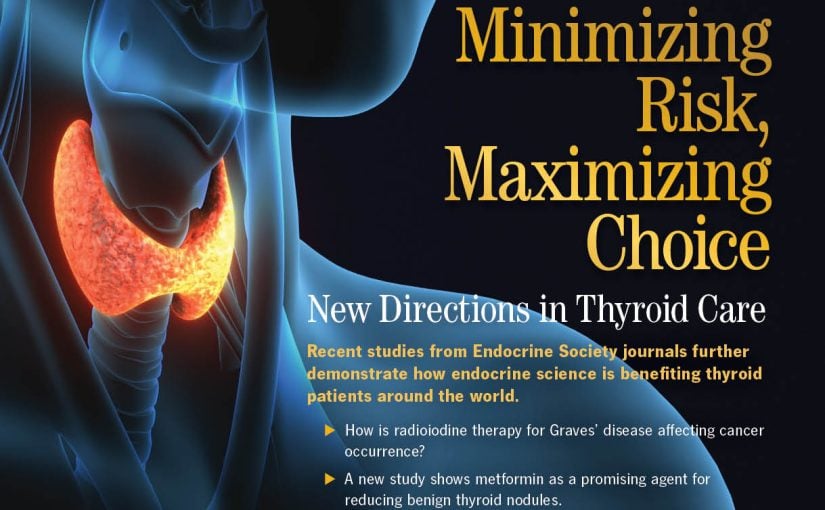People with obesity may have lower work productivity due to increased risk of illness, contributing to increased costs for employers, according to industry-supported research being presented Saturday at ENDO 2023, the Endocrine Society’s annual meeting, in Chicago, Ill.
Obesity is a significant public health issue affecting approximately 42% of people in the United States. Employees with overweight or obesity are more likely to develop weight-related comorbidities such as type 2 diabetes, hypertension, sleep apnea, cardiovascular disease, and cancer, which all contribute to lower work productivity.
“Employees with overweight and obesity may have higher loss of work productivity as measured by absenteeism, short and long-term disability, and worker’s compensation compared to employees with normal weight,” says Clare J. Lee, MD, of Eli Lilly & Company in Indianapolis, Ind.
Co-author Shraddha Shinde MBA, also of Eli Lilly & Company, added that, “Given the substantial burden of overweight and obesity on employee health and function that was demonstrated by this study, employers should focus on building tailored interventions that could be beneficial in improving the health of these individuals.”
The researchers evaluated 719,482 employees with and without obesity in the MarketScan databases. They determined the percentage of employees with work loss, number of hours/days lost from work, and costs associated with productivity loss were higher among people with overweight or obesity. The loss of work productivity was greater with each higher Body Mass Index (BMI) category.
“Employees with overweight and obesity may have higher loss of work productivity as measured by absenteeism, short and long-term disability, and worker’s compensation compared to employees with normal weight.”
Clare J. Lee, MD, Eli Lilly & Company, Indianapolis, Ind.
The researchers found costs associated with absenteeism, short and long-term disability, and worker’s compensation were $891, $623, $41, and $112 higher per year (respectively) for people with obesity compared to those with normal weight.
Gaps remain in identifying, treating obesity despite new treatment options
By being undiagnosed or untreated, a significant fraction of people with obesity or overweight are not getting the recommended care, despite an increase in new treatment options, according to research being presented on June 17 at ENDO 2023, the Endocrine Society’s annual meeting in Chicago, Ill.
“The number of people with obesity is high and rising in the adult U.S. population. Obesity is a complex and expensive disease that has been implicated in many chronic conditions including high blood pressure, diabetes, and cardiovascular diseases,” says Kyrian Ezendu, PhD, an Eli Lilly and Company advisor on benefit-risk research. “Medications to treat obesity are an integral part of long-term care for people with excess weight and are recommended for people with obesity or people with overweight and at least one obesity-related condition.”
Ezendu and colleagues used data from linked electronic health records and insurance claims of people ages 18 to 80 years who were eligible for obesity medications each year from 2016 to 2021. The anti-obesity medications included phentermine-topiramate, lorcaserin, orlistat, naltrexone-bupropion, liraglutide, and semaglutide.
There were approximately 1.6 million to 2.2 million adults with overweight or obesity, eligible for obesity medications in the study cohort for each year.
“Obesity is a complex and expensive disease that has been implicated in many chronic conditions including high blood pressure, diabetes, and cardiovascular diseases.”
Kyrian Ezendu, PhD, Eli Lilly and Company advisor on benefit-risk research
The overall obesity diagnosis rate based on both electronic health records and claims increased from 39.4% in 2016 to 57.2% in 2021. However, diagnosis rates from insurance claims alone were only 33.5% in 2016 and 47.3% in 2021.
Similarly, the overweight diagnosis rate grew from 18.1% in 2016 to 31.2% in 2021. Meanwhile, the claims-based rate was 15.4% in 2016 and 29.2% in 2021.
Prescribing rates for anti-obesity medications were low, according to the researchers, ranging from 0.4% to 0.5% across all years. Much like the obesity diagnosis and overweight diagnosis rates, the prescription fill rates showed an increase from 0.4% in 2016 to 0.6% in 2021.
Of note, the prescribing and fill rates from 2016 to 2021 for liraglutide doubled (from 0.1% to 0.2%). For semaglutide, it quadrupled (from 0.1% to 0.4%).
“This research demonstrates a potential gap in clinical care for people with obesity and overweight. Proper documentation of the clinical diagnosis may facilitate guideline-based treatment of obesity and overweight, particularly with the availability of several FDA-approved medications for use as an adjunct to lifestyle changes in managing obesity or overweight,” Ezendu says.
Funding for this study was provided by Eli Lilly and Company.

